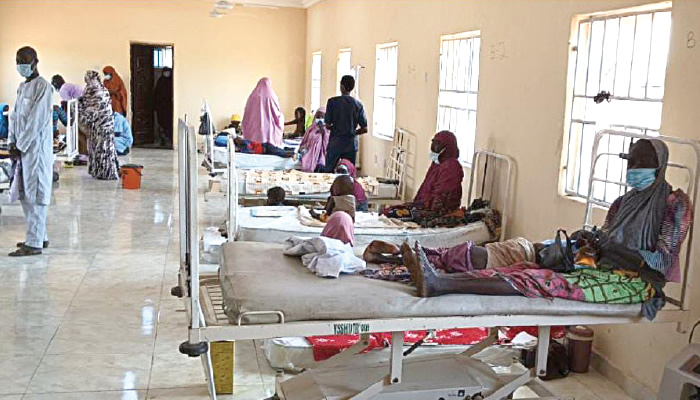
Gavi also commended the efforts of the coordinating Minister of Health & Social Welfare, Ali Pate, in establishing an emergency task force to combat the ongoing outbreak.
The organisation said the establishment of the task force is a critical step towards an effective response and Gavi is committed to playing its role as a member of the task force.
The Director of High Impact Countries at Gavi, Tokunbo Oshin, in a press statement, said the gravity of the outbreak requires swift and coordinated action from partners in support of the government’s comprehensive response.
Oshin emphasised that Gavi is actively engaged in the response efforts and has since availed 11.7 million doses of the highly effective pentavalent vaccine, which protects children from 5 life-threatening diseases – diphtheria, pertussis, tetanus, hepatitis B and Hib.
“We remain committed to working closely with the Nigerian government in partnership with all technical and resource partners to support its comprehensive response,” he said.
He noted that vaccination is a critical preventive measure against this highly infectious disease, so no child must be left at risk.
The PUNCH reports that Nigeria has recorded 13,204 suspected cases of the disease as of October 3. Out of the suspected cases, 8,406 were confirmed from 114 Local Government Areas across 18 states and the Federal Capital Territory.
Diphtheria is a serious bacterial infection caused by the bacterium called Corynebacterium species that affects the nose, throat and sometimes, the skin of an individual.
According to the Nigeria Centre for Disease tans Prevention, people mostly at risk of contracting diphtheria are children and adults who have not received any or a single dose of the pentavalent vaccine (a diphtheria toxoid-containing vaccine), people who live in a crowded environment, in areas with poor sanitation and healthcare workers who are exposed to suspected or confirmed cases of diphtheria.
On transmission, NCDC added that the disease spreads easily among people through direct contact with infected people, droplets from coughing or sneezing and contact with contaminated clothing and objects.
The symptoms of diphtheria include fever, runny nose, sore throat, cough, red eyes (conjunctivitis) and neck swelling. In severe cases, NCDC said that a thick grey or white patch appears on the tonsils and/or at the back of the throat associated with difficulty breathing.





